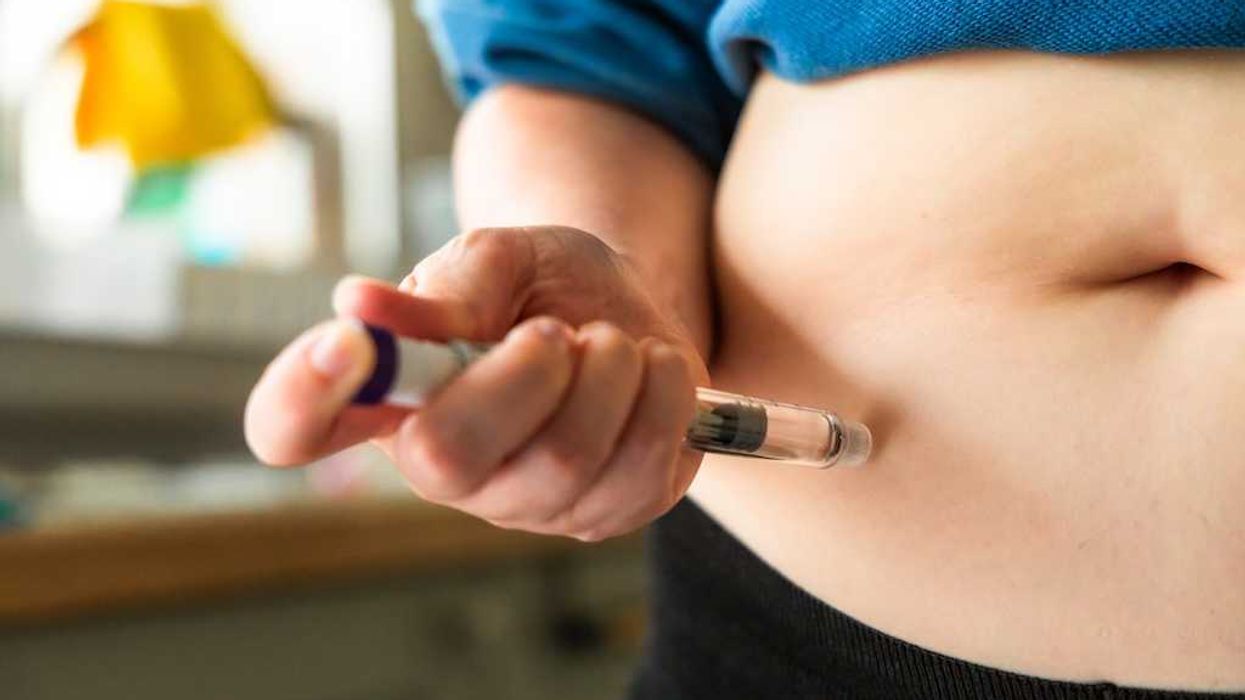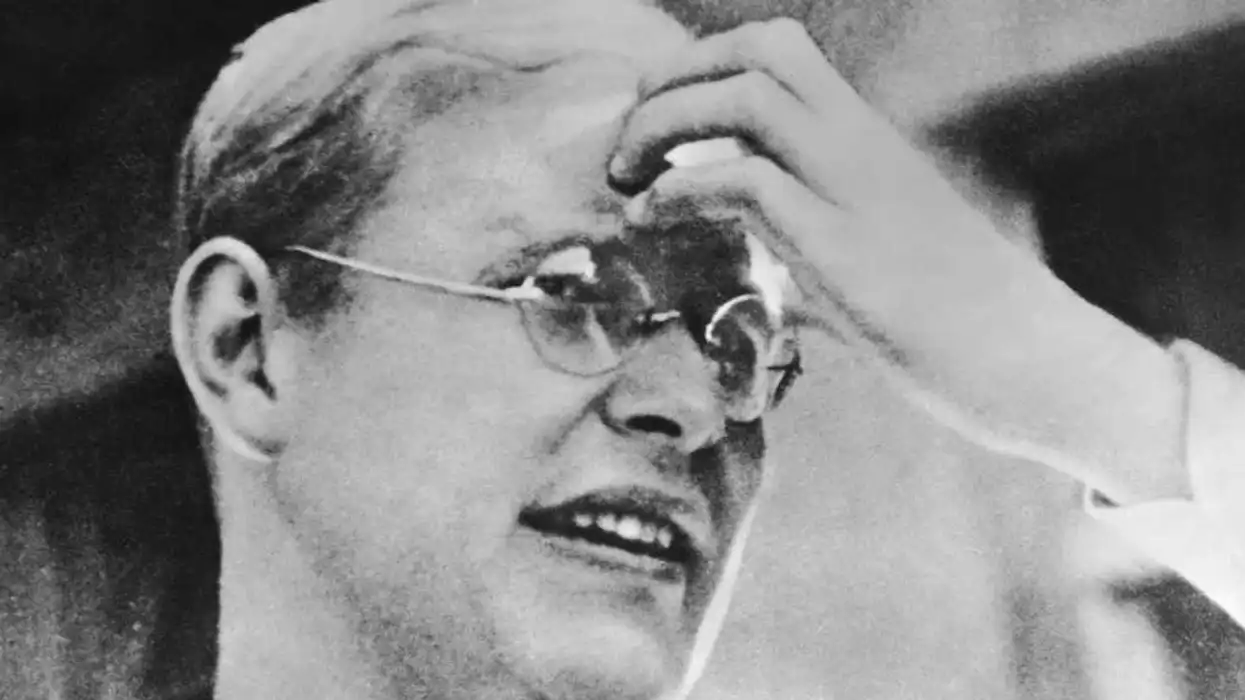
© 2026 Blaze Media LLC. All rights reserved.
TSA Cellphone Tracking Program That You May Not Have Known About Canned Before It Even Officially Starts
March 21, 2013
"...a far-reaching invasion of privacy.”
 A line of travelers make their way around lines leading the TSA security checkpoint at Austin Bergstrom International Airport in Austin, Texas, on Tuesday, March 12, 2013. (Photo: AP/Austin American-Statesman, Rodolfo Gonzalez)
A line of travelers make their way around lines leading the TSA security checkpoint at Austin Bergstrom International Airport in Austin, Texas, on Tuesday, March 12, 2013. (Photo: AP/Austin American-Statesman, Rodolfo Gonzalez)
In 2010, privacy advocates spoke out against a program being considered and tested by the Transportation Security Administration that tracked travelers via Bluetooth connections on devices in order to estimate the time they waited in security lines.
According to new reports, testing continued until 2012 but was ultimately canned by TSA before it ever being publicly implemented.
 Bluetooth logo
Bluetooth logo
Documents obtained by the Cox Media Group Washington Bureau found that TSA had tested in Indianapolis and Las Vegas airports a system that tracked passengers via the Bluetooth-enabled cellphones they were carrying as they made their way from the end of the line toward the front. The document stated that such a system detected "signals broadcast to the public by individual devices and calculating a wait time as the signal passes sensors positioned to cover the area in which passengers may wait in line.” It also noted that the information collected was encrypted and destroyed within two hours.
Passengers would have been made aware through signage that such a tracking system was in use (it is unclear if signs were posted during the test period), but it still didn't sit well with privacy experts. Here's more from WHIO TV:
“We’re not comfortable with the monitoring of Bluetooths,” said Brandon Mascata, spokesman for the Association of Airline Passenger Rights. “It’s consistent with a far-reaching invasion of privacy.”
When the idea was first being announced a couple years ago, here's what USA Today reported about the system and privacy concerns:
The TSA is in the early phases of exploring the technology, which Purdue University researchers tested for a month last year at Indianapolis International Airport. Thumbnail-size receivers near checkpoints detected serial numbers emitted by some electronic devices being carried by passengers. The receivers recorded the time when a passenger entered a security line and the time when the same passenger cleared the checkpoint, Purdue transportation engineer Darcy Bullock said. Only part of each serial number was recorded, and the numbers were quickly deleted, he said.Some electronic devices automatically broadcast, or "chirp," their serial number every 15-20 seconds when they are turned on. People can set their devices so they don't broadcast. Bullock found he could detect signals from 6% to 10% of Indianapolis passengers. "We sit there and listen, capturing the unique identifier," Bullock said.
Marc Rotenberg of the Electronic Privacy Information Center said Bullock's current system minimizes privacy risk by recording partial serial numbers. But he worries that could change.
Airports Council International security chief Christopher Bidwell said wait-time information would remove some uncertainty of air travel "especially if that information is real-time, up-to-date and accurate."
But the research, according to recent reports, is now a moot point as TSA decided to discontinue the program before ever rolling it out to the public. Scott MacFarlane (via WPXI) reported no official explanation as to why TSA decided not to go forward with the program..
"This is an expensive and needlessly complicated way of estimating wait times, compared with say a ticket agent writing the time at the front of the line," Julian Sanchez, author of "Wiretapping the Internet," said according to WPXI.
Here's WPXI's report about the technology and research:
Want to leave a tip?
We answer to you. Help keep our content free of advertisers and big tech censorship by leaving a tip today.
Want to join the conversation?
Already a subscriber?
more stories
Sign up for the Blaze newsletter
By signing up, you agree to our Privacy Policy and Terms of Use, and agree to receive content that may sometimes include advertisements. You may opt out at any time.
Related Content
© 2026 Blaze Media LLC. All rights reserved.
Get the stories that matter most delivered directly to your inbox.
By signing up, you agree to our Privacy Policy and Terms of Use, and agree to receive content that may sometimes include advertisements. You may opt out at any time.






